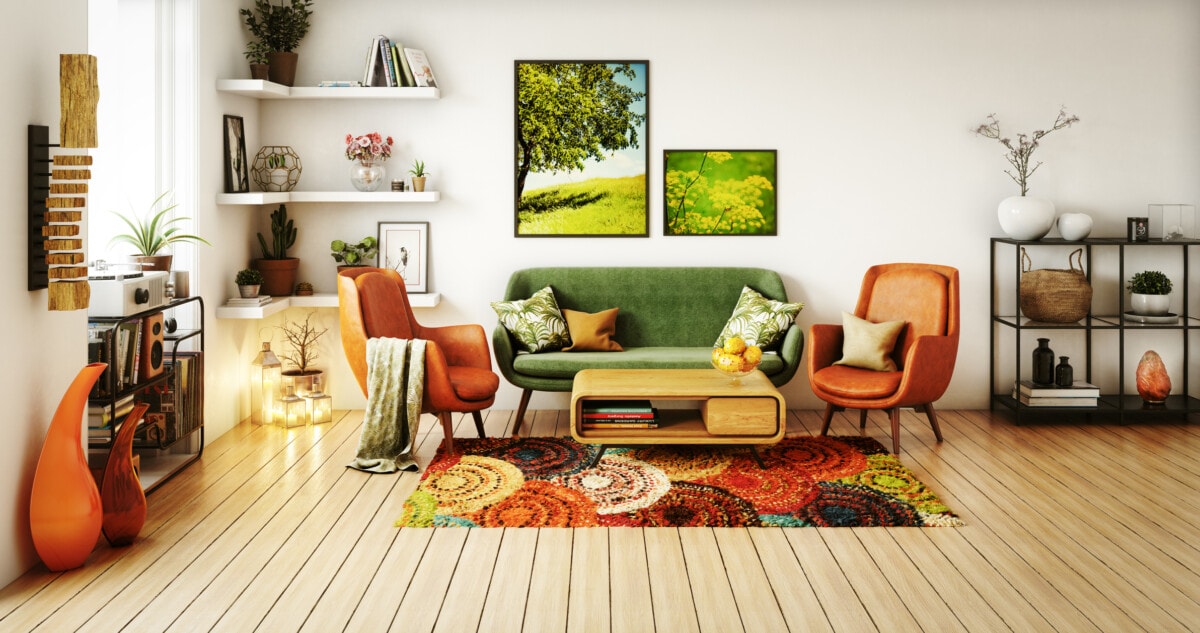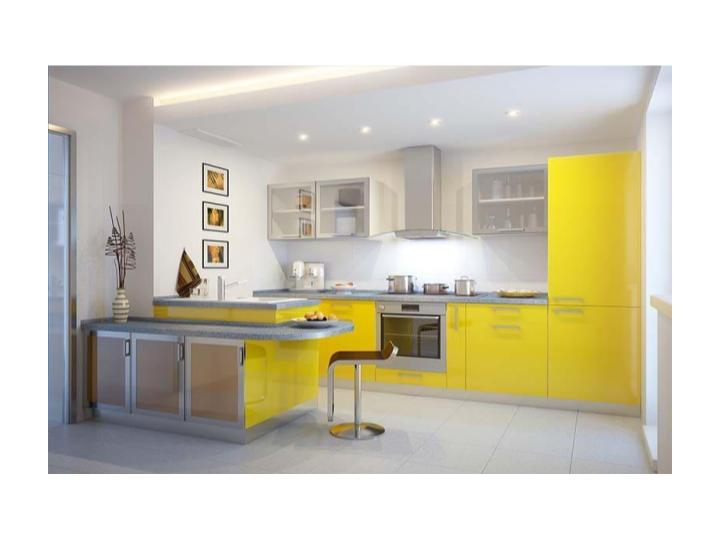The Impact of Commercial Restaurant Furniture Layout on Customer Experience

In the extremely competitive restaurant industry, offering excellent client experiences is essential for success. While food quality and service are important, the overall ambiance and environment of a restaurant influence clients’ impressions and behaviors. The layout and design of commercial restaurant furniture an important components of providing a great dining experience that is sometimes disregarded. Every aspect, from table and chair arrangement to material and color selection, contributes to the space’s overall feel and comfort.
Understanding the Psychology of Restaurant Design
When customers enter a restaurant, they are immediately influenced by restaurant furniture, the decor, and the environment. The layout and design of a venue can elicit specific emotions and behaviors, influencing anything from how long diners remain to how much they enjoy their meal. Humans are wired to respond to their surroundings, and restaurants may use this understanding to design environments that improve the dining experience.
Spatial perception is an important psychological element for restaurant designers to consider. The way a place is put out can influence how customers perceive its size, closeness, and general ambiance. An open floor design with high ceilings, for example, might provide the impression of spaciousness and airiness, whilst a cozy layout with intimate seating configurations can encourage a sense of warmth and closeness.
Another crucial consideration is flow. The way customers travel about a restaurant might influence their overall experience. A well-designed layout should easily convey visitors from the entryway to their tables, as well as to additional sections like restrooms or bars. By managing flow, restaurants may reduce congestion and promote a more enjoyable dining experience.
Elements of Effective Furniture Layout
Effective furniture layout is more than just arranging tables and chairs functionally. It entails carefully considering issues including comfort, aesthetics, and company identity. Functionality is essential, as patrons should feel at ease while dining. This entails choosing furniture that is ergonomically designed and properly sized for the room.
Aesthetics play an important role in furniture layout. The materials, colors, and styles used should match the restaurant’s brand identity and create a consistent appearance and feel throughout the area. For example, a modern restaurant may use clean, minimalist furniture, but a homey bistro may use rustic wooden tables and chairs.
The arrangement of furniture can influence the overall ambiance of the restaurant. Designers can create several dining zones, each with its distinct mood, by strategically positioning chairs. For example, a restaurant may feature a bustling bar section for mingling, a quiet spot for private dinners, and a shared table for bigger groups.
Factors Influencing Customer Satisfaction
Several factors affect customer happiness in a restaurant, many of which are directly tied to furniture layout. Perhaps the most obvious consideration is that patrons should be physically comfortable while dining. This includes choosing chairs with suitable padding and support, as well as ensuring that tables are at an appropriate height for eating.
Noise levels might also affect the dining experience. Excessive noise might make it difficult for customers to have discussions and distract from their entire experience. Designers can address this issue by including sound-absorbing materials in the restaurant design and strategically positioning furniture to reduce noise.
Lighting and décor are also crucial variables that influence client pleasure. The correct lighting may create a warm and appealing atmosphere, and creative décor can improve the restaurant’s ambiance while reflecting its subject or concept. By paying attention to these nuances, restaurants may provide their customers with a more enjoyable and memorable eating experience.
Creating Memorable Dining Experiences
Finally, the purpose of a good restaurant furniture layout is to create memorable eating experiences that encourage people to return for more. Owners and designers can improve the entire ambiance and mood of a restaurant by carefully arranging its layout and furnishings, making patrons feel comfortable, calm, and ready to return.
One technique to create memorable eating experiences is to design furniture patterns that encourage social interaction and participation. For example, communal tables can foster conversation and camaraderie among customers, whereas intimate booths create a sense of intimacy for couples or small groups.
Personalization is another important aspect of generating memorable dining experiences. Restaurants can adapt to their customers’ specific interests by providing customized seating alternatives such as private dining rooms or outside patios. Furthermore, introducing distinctive and themed seating locations can offer a sense of freshness and excitement to the dining experience.
Including technology in the eating experience can also improve memorability. Restaurants, for example, can use interactive menus or digital ordering systems to speed up the ordering process and provide customers with a more engaging experience. Similarly, wireless charging stations or USB connections incorporated into tables can make dining more convenient.
Attention to detail is essential for creating memorable dining experiences. From the quality of the furnishings to the presentation of the table settings, every part of the dining experience should represent the restaurant’s dedication to excellence. By focusing on these nuances, restaurants may create a lasting impression on their customers and build a devoted following.
Practical Tips for Restaurant Owners and Designers
For restaurant owners and designers aiming to improve their restaurant furniture arrangements and create excellent dining experiences, there are numerous practical points to remember:
- When selecting restaurant furniture and arranging the layout, keep the restaurant’s theme in mind as well as the target audience.
- Arrange furniture to create discrete dining areas while promoting flow across the space.
- To create a welcoming and pleasant setting, strike a balance between aesthetic and utilitarian needs.
- Add flexibility to furniture configurations to accommodate changing needs and preferences, such as relocating tables for private gatherings or accommodating larger groups.
- Invest in high-quality, long-lasting furniture that can withstand daily use while maintaining its look.
- Seek feedback from guests and employees to continuously improve the dining experience and make changes as needed.
Elevating the Dining Experience Through Strategic Furniture Design
Customer experience must be addressed while designing commercial restaurant furniture layouts. From affecting perceptions of ambiance and mood to defining social dynamics and interactions, every component of furniture layout is important in generating memorable dining experiences. Understanding the psychology of restaurant design, prioritizing utility and comfort, and including aspects that improve customer happiness can help restaurant owners and designers elevate the dining experience and differentiate their businesses from the competition. With careful planning and attention to detail, restaurants can create environments that please consumers and keep them returning for more.






